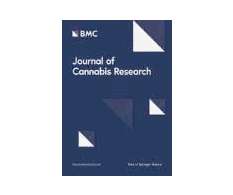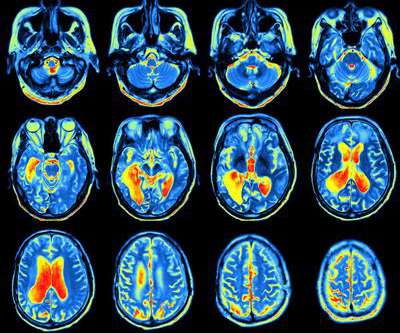Using Cannabis for ALS: Benefits, Research and Best Strains
Greencamp
AUGUST 16, 2018
The available body of evidence suggests that besides the lessening of symptoms, cannabis is also capable of slowing down the overall rate of progression of this horrible condition. Modern science hasn’t found a cure for this condition so far, and the most frequent cause of death is respiratory failure due to muscle decay.












Let's personalize your content